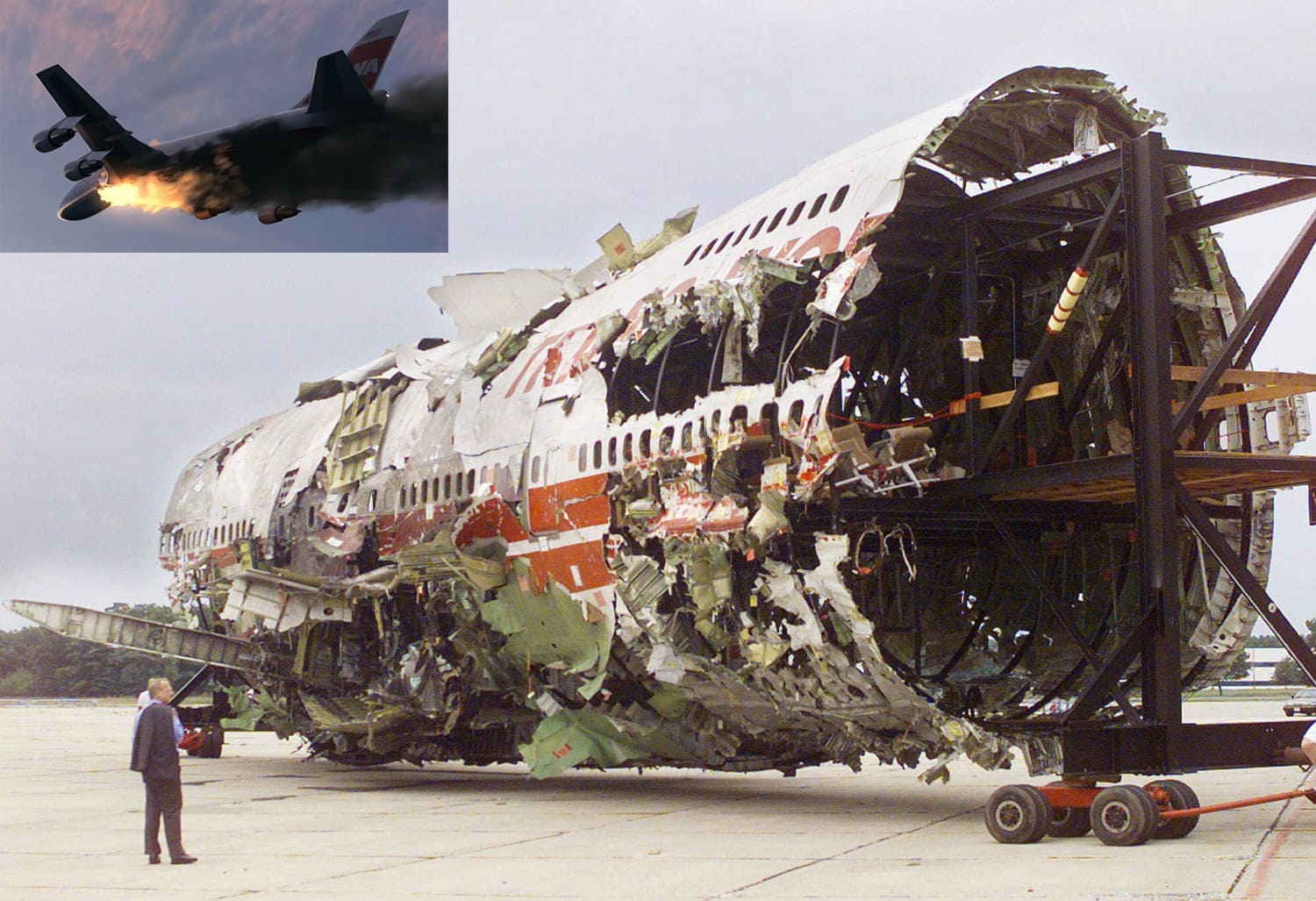
TWA Flight 800 Aircraft accident
Sure, here is a detailed and respectful blog post about the TWA Flight 800 accident
On the evening of July 17, 1996, Trans World Airlines Flight 800 (TWA 800) tragically crashed into the Atlantic Ocean just 12 minutes after takeoff from John F. Kennedy International Airport in New York. Bound for Paris, the Boeing 747-100 was carrying 230 people — passengers and crew — all of whom lost their lives in one of the deadliest aviation accidents in U.S. history.
What Happened?
TWA Flight 800 took off at approximately 8:19 PM local time. At 8:31 PM, as the aircraft climbed through 13,800 feet off the coast of Long Island, it exploded mid-air and fell into the ocean in multiple pieces. Eyewitnesses reported seeing a bright flash followed by a fireball, leading to initial speculation of a missile strike or terrorist attack.
Investigation and Cause
The National Transportation Safety Board (NTSB) led a complex and lengthy investigation — the most extensive in the agency’s history. After four years of analysis, including reconstructing much of the aircraft from recovered wreckage, the NTSB concluded in 2000 that the explosion originated in the center wing fuel tank.
The likely cause was an electrical short circuit that ignited flammable fuel vapors. Investigators determined that a combination of heat from the air conditioning system and a spark from aging wiring caused the tank to explode. No evidence was found to support theories of foul play or terrorism.
Aftermath and Legacy
The TWA 800 disaster led to significant changes in aviation safety. The Federal Aviation Administration (FAA) mandated improvements in fuel tank safety and wiring inspection protocols. Aircraft design was also updated to prevent similar catastrophic failures.
The tragedy left a deep mark on the families of the victims and the aviation community. A memorial now stands near Smith Point County Park in Long Island, honoring the lives lost in the crash.
Remembering TWA 800
Nearly three decades later, the TWA Flight 800 accident remains a sobering reminder of the importance of constant vigilance and innovation in aviation safety. The lessons learned continue to influence aircraft maintenance, design, and operation standards, helping to make air travel safer for everyone.